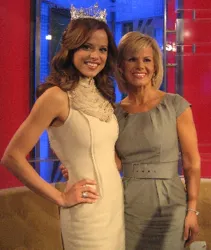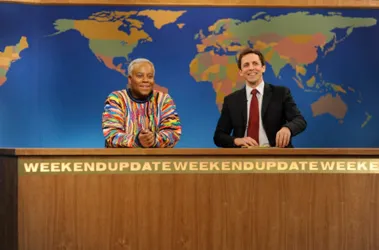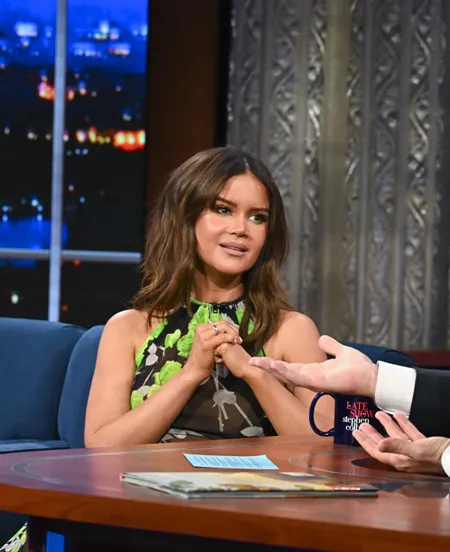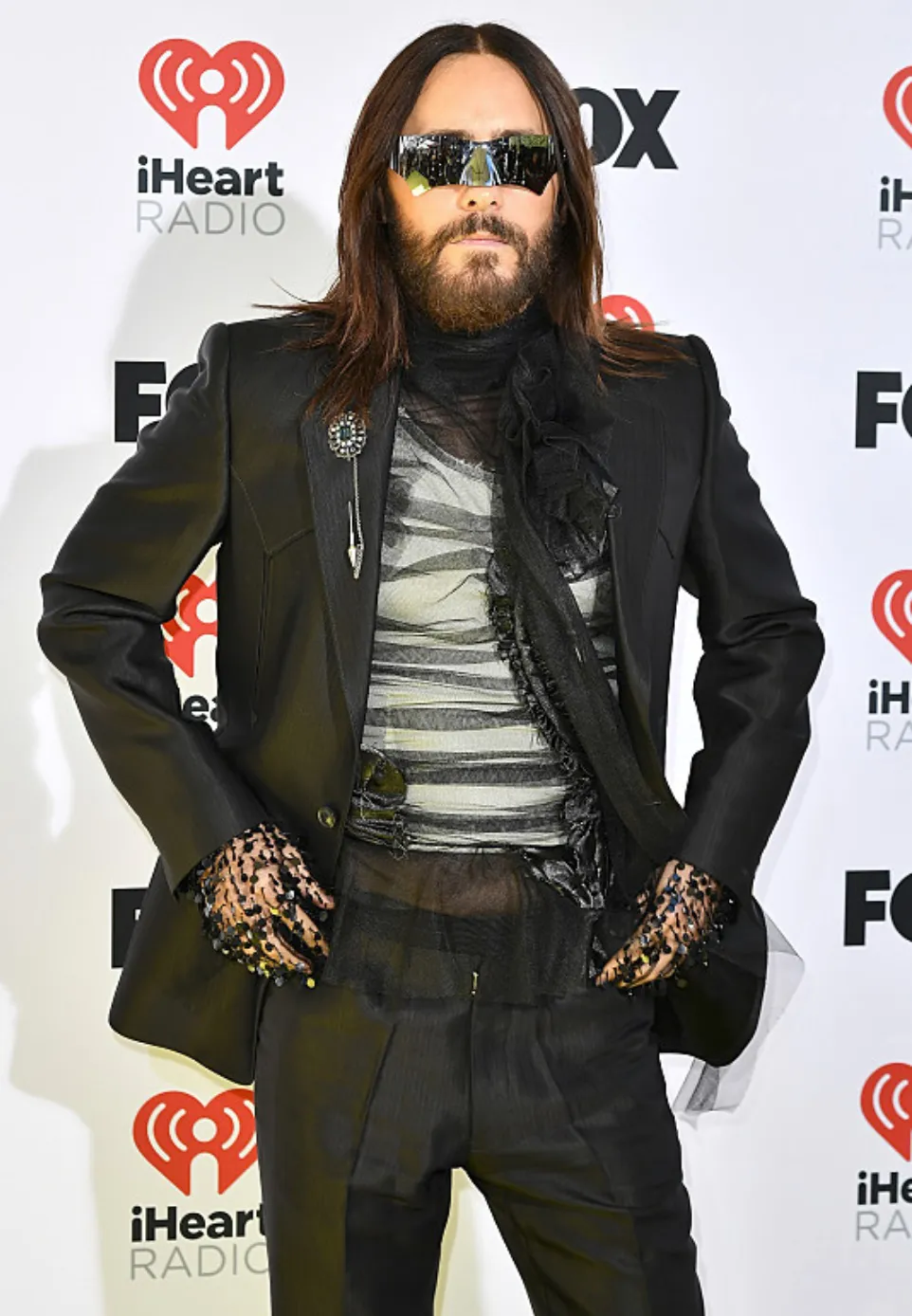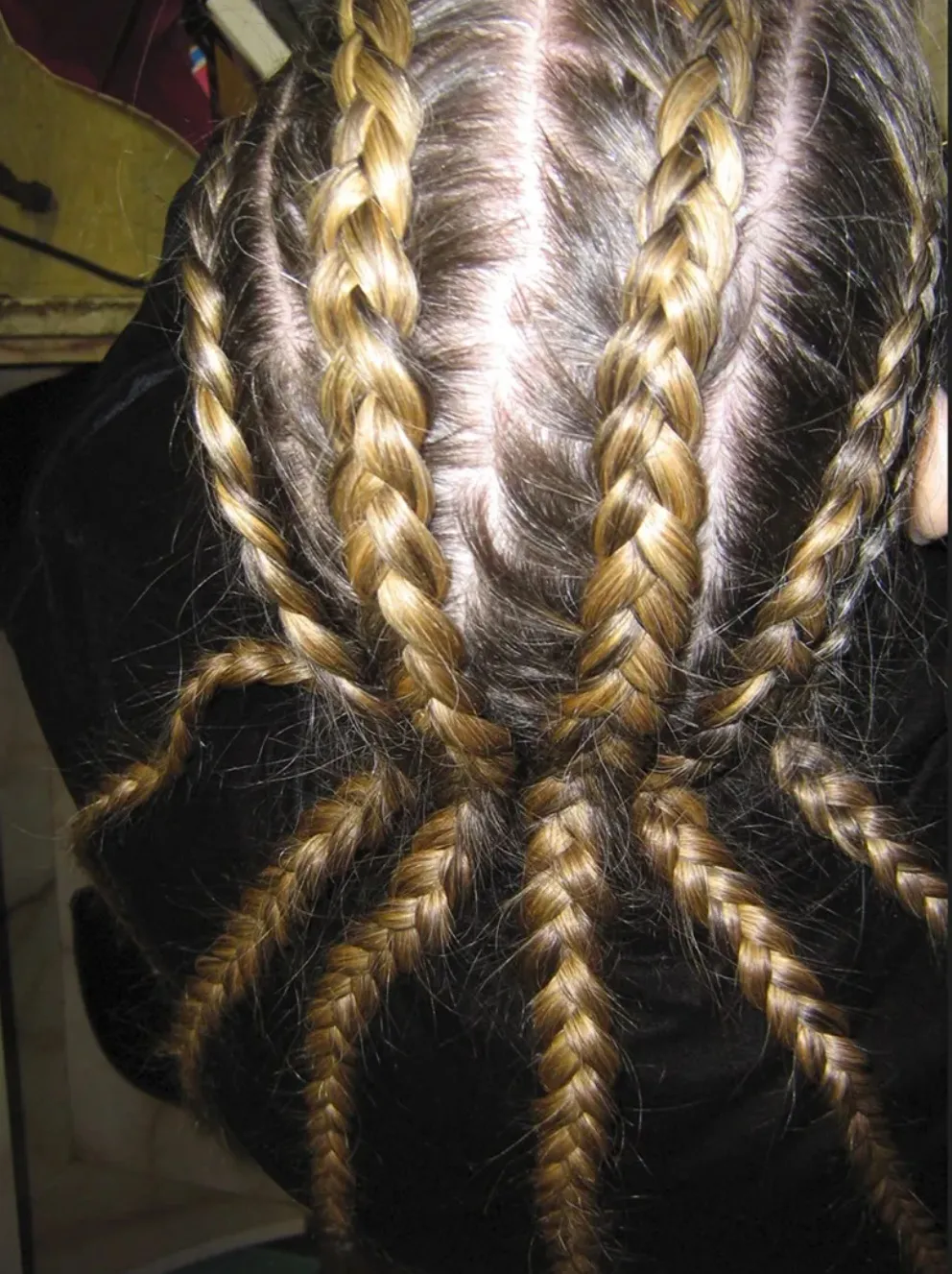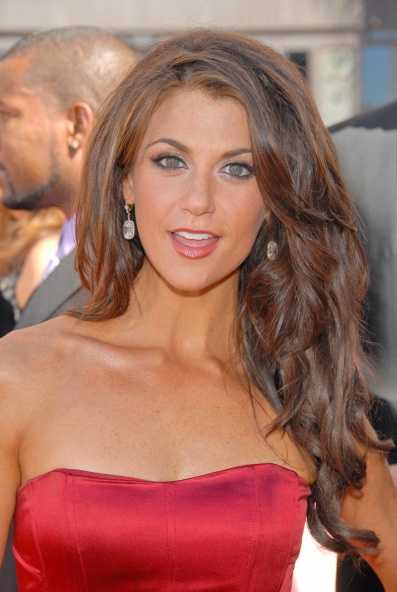
Golf Swing And Low Back Pain
Golf Swing... Low Back Pain
by Erik Dalton Ph.D., Certified Advanced Rolfer®
Because the golf swing involves an array of complex unilateral body movements, at some point virtually every golfer will experience an acute injury or chronic back pain.
Here are some recent stats:
- As many as 30% of professional golfers are playing injured.
- Playing golf and another sport increase your chance of injury by 40%.
Majority Of Injuries Affecting Male Golfers Originate In Low Back
Researchers conclude that a majority of injuries affecting male golfers originate in the low back and are related to improper swing mechanics and/or the repetitive nature of the swing.
Amateurs are typically injured due to improper swing mechanics whereas professionals suffer overuse injuries as they obsessively perform repeated strokes.
When a high velocity rotary force couples with trunk side bending (the crunch factor), the golfer's spine and para vertebral tissues take a beating. It's no wonder low back pain (LBP) is the most common myoskeletal complaint among golfers.
To hit the ball a great distance, the body must have the ability to rotate into and maintain a wide arc throughout the swing. Manual therapy techniques that increase range of hip turn allow a decrease in the amount of shoulder turn, thus reducing the amount of trunk flexion and side bending during the downswing.
Easy To Fix?
Sounds easy to fix? Maybe...BUT, before jumping in and mobilizing the adhesive hip capsules, the therapist must first restore proper secondary curves to the cervical and, particularly... the lumbar spine. Too much or too little curve creates excessive torsional and compressive loads at the thoracolumbar and lumbosacral junctions.
Things That Lead To Golfer's Back Pain
Fortunately, there are usually only a couple of (non-surgical) things that lead to a golfer's back pain:
2. joint dysfunction.
One must rule these out first before an orthopedists comes up with some rare and scary diagnosis. The myoskeletal approach begins by correcting lower crossed muscle imbalance patterns and then assessing and restoring joint play to fixated lumbar and thoracic facet joints.
Lower Crossed Syndrome
Developed by the legendary neurologist and rehab specialist Vladimir Janda MD, the lower crossed syndrome is simply a grouping of weak muscles and overactive or tight muscles that produce a predictable low back movement pattern that can lead to injury.
Janda's EMG research found that a significant number of people developed a distinct pattern of muscle imbalance due to prolonged static posture. He noted that when a muscle is left in a shortened or contracted state for an extended period of time, it produces reciprocal inhibition, i.e., reflex weakening of muscles on the opposite side of the body.
Many of our 'weekend warrior' golfers sit at their job for hours on end in a flexed position.
Weakened Gluts
Day-by-day the hip flexors tighten and shorten causing reciprocal inhibition which neurologically inhibits glute-max...a critical stabilizer of the hip during the golf swing. Unable to help stabilize the pelvis, the weakened gluteals causes the brain to recruit synergistic muscles like the hamstrings and lumbar erectors to assist the glutes in hip extension.
When golfers present with excessive lumbar lordosis, a flabby protruding abdomen and a flat butt, we know the first order of business is restoring length to the hip flexors and lumbar spine and then hands-on fast-paced spindle-stim techniques to 'wake-up' the weak gluteals.
It's easy to spot 'lower crossed' golfers by observing their set-up posture from down-the-line. The swayed low back forms an anterior curve with the convex thoracics often referred to as the "S-posture".
Sticking The Butt Out
Oddly, some golfers intentionally stick their butts out because some golf pro told them they could generate more power on the downswing. The truth is, once they arch their back and stick their butt out at set up, they lose the ability to 'hinge' from the hips and are no longer able to keep the spine in a neutral stable posture.
Core stability is lost and the joints are subjected to undue strain and possible intervertebral disc damage.
Summary
Humans rarely move one muscle at a time along a single plane. Modern science tells us that the brain does not recognize individual muscle activities because it doesn't need to. Instead, the brain looks at movement patterns and creates coordination between all muscles needed.
Since the primary function of synovial joints is to transmit stress when stabilized by muscle contraction, without this foundation, muscles and enveloping fascia are unable to achieve maximum leverage to move the body through a smooth golf swing.
Because synovial joint stability relies on proper length/strength balance of surrounding connective tissues (muscles, ligaments, paravertebral fascia and joint capsules), anything that disrupts this delicate balance may cause damage and nociception.If pain is associated with loss of joint flexibility, the brain may decide to 'splint' the area with protective spasm.
Myoskeletal Alignment Focus
The focus of Myoskeletal Alignment's functional therapeutics approach is "joint stabilization through muscle manipulation." The greater control the golfer has over new and diverse movement patterns, the better she can perform with less chance of injury. Once the revitalized and functionally balanced neuromuscular system allows muscles and joints to work at optimal levels of motor unit recruitment and synchronization, the rate of force production and maximal acceleration improves... and so does the golf swing!
Learn breakthrough therapeutic approaches. Treat chronic soft tissue pain with Dalton's Myoskeletal Alignment Therapy
For more information visit: www.erikdalton.com
References:
2. Lindsay D, Horton J. Comparison of spine motion in elite golfers with and without low back pain. J Sport Science, 2002
Erik Dalton, PhD shares a broad therapeutic background in Rolfng® and manipulative osteopathy in his innovative workshops, books and home-study courses. Founder of the Freedom From Pain Institute® and developer of Myoskeletal Alignment Techniques®, Dalton maintains a 31 year full-time practice in Oklahoma City, OK and Puriscal, Costa Rica.
More Information
Please follow me on Twitter at: http://Twitter.com/HairBoutique. I look forward to meeting new people from all walks of Twitter and learning from their Tweets. Visit us at Hairboutique.com located at: http://www.HairBoutique.com, on Facebook, MySpace and YouTube.
Thank you for visiting us at The HairBoutique Blog and for leaving your comments. They are very much appreciated. We apologize in advance but must remove any direct advertisements or solicitations.
Social Media Network Information
Please follow us on Twitter at: https://Twitter.com/HairBoutique. I look forward to meeting new people from all walks of Twitter and learning from their Tweets.





